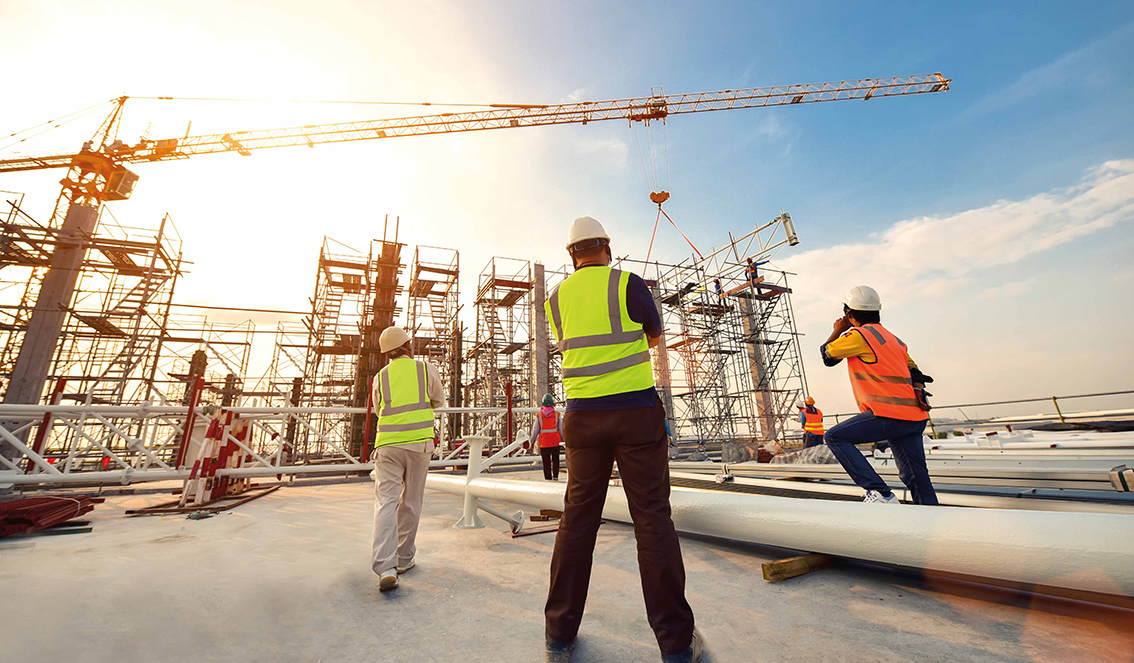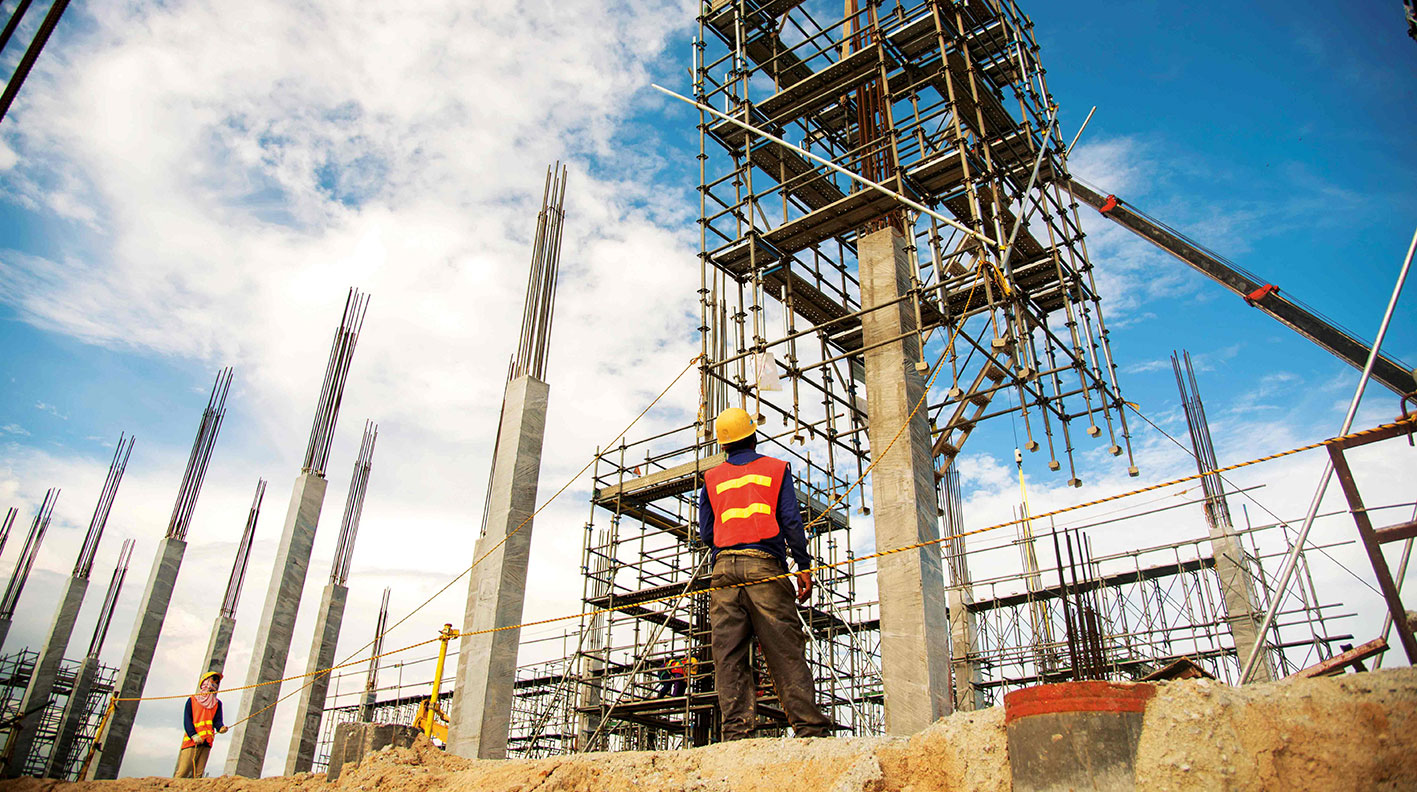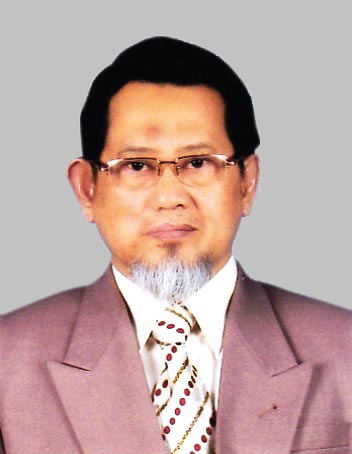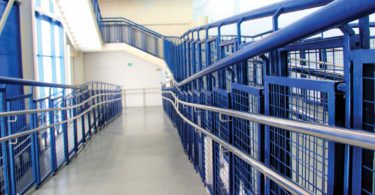There’s no time like the present to press ahead and ensure safety becomes an integral part of construction design, not an afterthought. Construction occupational safety programmes in Indonesia have been implemented for large projects funded by foreign aid since the 1970s. These were generally carried out by foreign contractors and then gradually in cooperation with national contractors, mainly state-owned enterprises. Such Occupational Safety and Health (OSH) programmes usually lack adequate attention from national contractors.
There is still an assumption that OSH is the responsibility of the contractor himself. Actually, all parties have a role to play to ensure safety efforts are carried out throughout the whole construction life cycle.
OCCUPATIONAL SAFETY IN CONSTRUCTION
The legislation related to OSH has been prepared based on the 1945 Constitution, specifically Article 27 paragraph 2, which reads: “Every citizen has the right to work and livelihood that is appropriate for humanity”.
Although Law No. 1 of 1970 concerning OSH was issued simultaneously with the same law in the United States of America, the implementation of OSH in Indonesia is arguably far from expectations. Several Minister of Manpower regulations have subsequently been issued to cover the construction sector.
M. MUSHANIF MUKTI, MKKK
Chair of Research, Development and Standardisation, Association of Indonesian Construction Occupational Safety and Health Experts (A2K4-Indonesia).
He graduated from Civil Engineering department at Gadjah Mada University in 1979. He has followed management trainee program from PPM School of Management Jakarta in 1980 before obtained magister degree of Occupational Health and Safety (OHS) from University of Indonesia in 2006. His first experience in Civil Engineering as a field staff in Wonogiri Dam Project in Central Java in 1977. Then, he worked as a chairperson of irrigation project at PT Tricon Jaya Bandung in 1979.
In 1980, he joined PT Wijaya Karya (WIKA), a state-owned construction company, until he retired in 2006. He began to actively pioneer for the implementation of OHS programs with OHS activists in WIKA since the early 1990s, and began to be realized in the late 1990s. Now, he is an auditor of OHSMS, a construction OHSMS expert and construction management, and registered expert appraiser at LPJK. He is also active as an OHS trainer and lecturer.
To read the complete article, please download the Construction Plus App on the App Store or Google Play.















